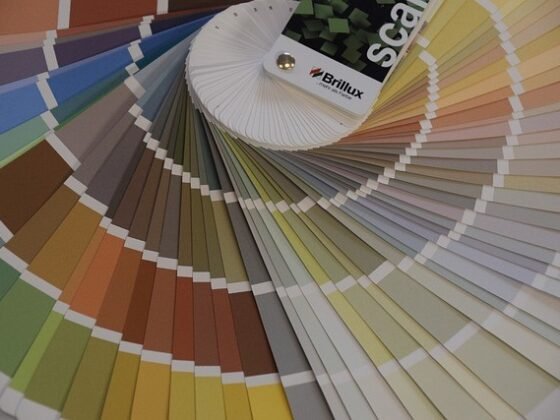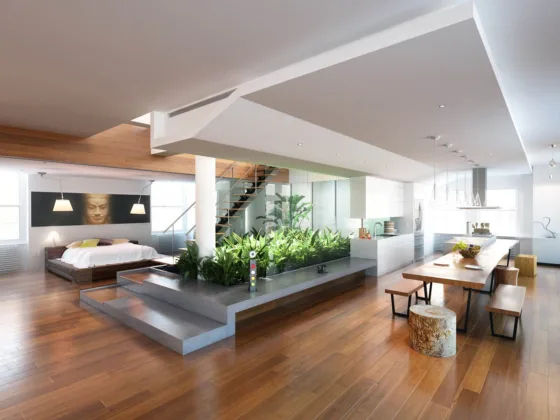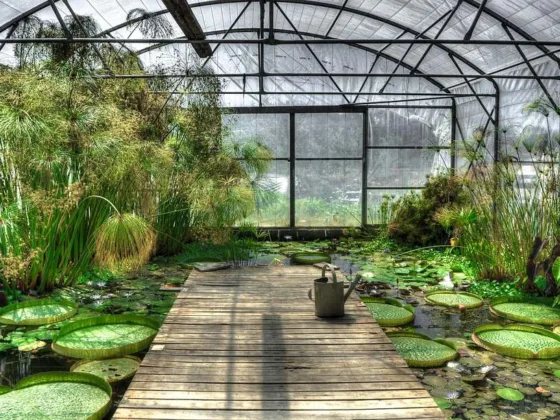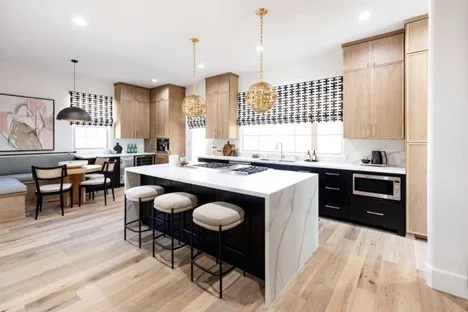Table of Contents Show
Lighting. It is something we don’t often think about. Instead, we switch the light on and forget about it.
Or we open the curtains and get on with our day. But, lighting and the source of light significantly impact how we feel and our overall health.

We need an hour of natural light, outside per day at a minimum. However, the more natural light you can let into your home or office, the better.
The right combination of types of light and natural light can have a positive impact on your life.
Combination
Unless you work outside, we most often need to rely on a combination of natural light and artificial lighting.
Working with someone who can complete rewriting and help get the lighting just right, like Lumos Electric, will ensure your lighting is just right for your needs.
Our offices, public buildings, and homes all rely on artificial lighting.
Sunlight / Natural Light
Sunlight is essential for our bodies, soaking up plenty of vitamin D ensuring we have healthy bones. Sunlight or sunlight lamps are recommended for people who suffer from SAD.
A little bit of sunlight every day can also increase our energy by increasing our serotonin levels.
The impact of sunlight is huge in other areas too. It helps to lower blood pressure and allows us to keep our circadian rhythm in good order too.
Opening the curtains, rolling the blinds up as you work or going about your daily routine, and letting the light in do great things for us.
Read Also:
Task Lighting
While most places have moved away from fluorescent lights because they’re not great for us, artificial lighting has a place in our needs.
Task lighting is a short-stop form of lighting that we use while completing specific tasks—reading lights and lamps, kitchen spotlights, or under-cabinet lighting.
They are usually bright and give us the visibility we need. The brightness can strain our eyes if we use them for too long at a time.
LED Lighting
LED lighting is one of the most cost-effective lights that we use. They save a lot of cash, and many studies show that LED lighting positively impacts productivity.
LEDs are typically brighter than regular bulbs and cost just a fraction of the energy amount, and they run at lower temperatures.
Depending on what you need in terms of lighting, you can also select from a range of different colors and temperatures.
Using daylight-toned bulbs will work wonders in your office or working space in the home, while warmer tones will help you light the area and remain relaxed.
Ambient Lighting
Unlike task lighting and regular ceiling lighting, ambient lighting can help set the mood for yoga, meditation or increase productivity.
For an office break room or a room in your home that you use in between working, a blue-toned base light is perfect for keeping you alert.
It is the same reason you should put your technology down before you want to sleep.
When you’d like to relax, do some yoga, or simply wind down, warm-toned bulbs, almost orange and red in color, are perfect for sleeping and relaxing.
A salt lamp with a warm orange glow is perfect to create a cozy, friendly atmosphere.
Using a combination of natural light and artificial lighting, you can increase your productivity when you want to and aid your relaxation.
Improving your life is as simple as choosing the correct toned bulb in the right place. Contribution and supporting your natural circadian rhythm can see an improvement in your sleep routine, how you work, and your mood too.









